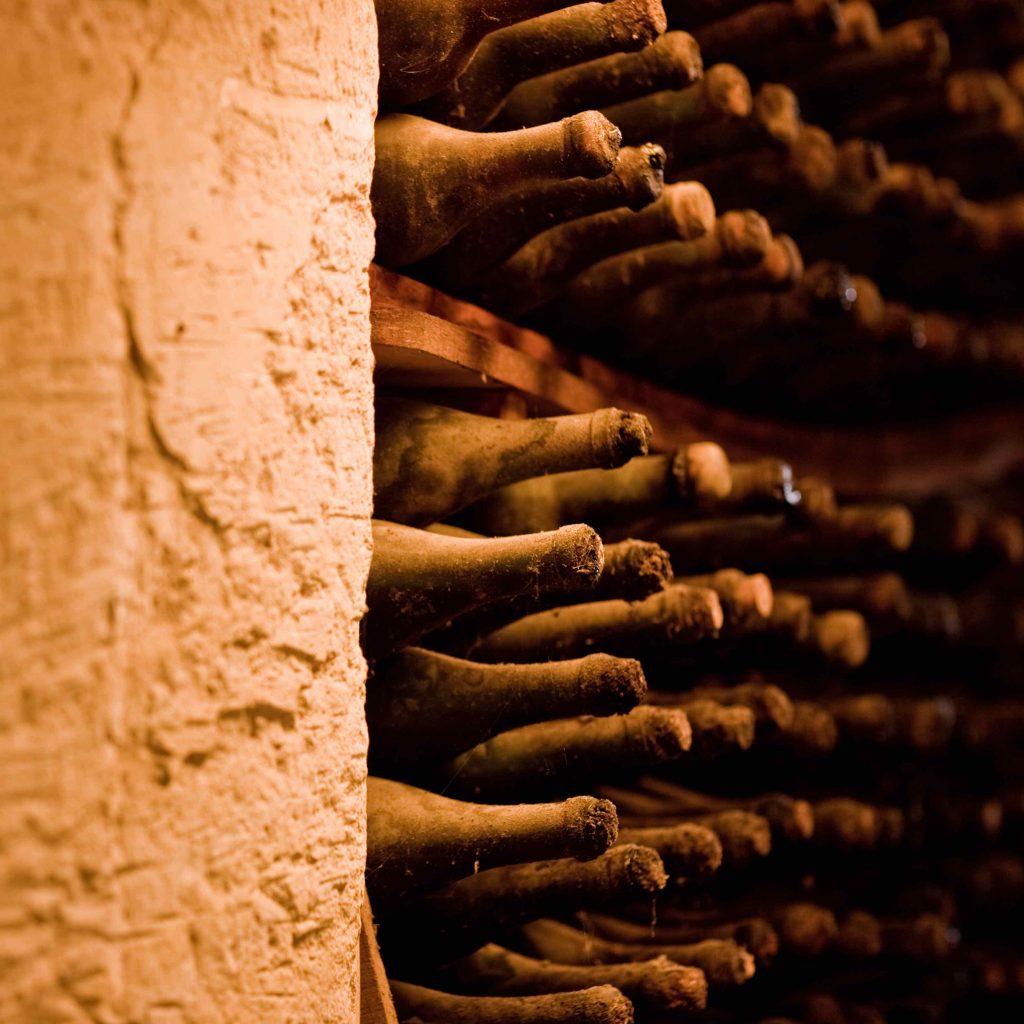Can alternative investments help counter financial volatility?
After enjoying relatively benign economic and monetary conditions in the wake of the global financial crisis that in particular benefited US equity investments, investors are now dealing with a new environment of higher inflation and turbulent financial markets. Can non-traditional investments help them cope with resurgent market volatility?
A decade and a half ago, the world’s central banks embraced rock-bottom interest rates and quantitative easing to bring the global economy back from the brink of disaster during the global financial crisis, and then doubled down to prevent Covid-19 pandemic restrictions tipping the global economy into a deep contraction.
Since then, the economic rebound has prompted the end of central bank asset purchases, a resurgence of inflation to heights not seen for four decades, and a corresponding rise in interest rates. Traders and investors who spent years fretting about the threat of prolonged Japan-style deflation are now facing inflationary conditions unfamiliar to most. With stock markets no longer offering guaranteed asset price growth, should investors consider incorporating some non-traditional investment options into their portfolios to offset downside risks and hold out the possibility of inflation-proof returns?
Absolute return funds
Absolute return funds came to prominence in the early 2000s, aiming to offer investors a positive return rather than simply trying to outperform peers in a particular asset class (which might be declining overall), but they have not always performed as promised, especially during the ‘great moderation’ of the 2010s. In any case, the definition of absolute returns is hard to pin down, often applied to a range of investment strategies with little in common.
Some funds aim to achieve absolute returns every year, others over a rolling period, often three years.
They may invest in equities, bonds or other investments such as foreign currencies, and some of the more successful strategies blend a variety of different asset classes, in the manner of global macro hedge funds, as well as adopting techniques also associated with the sector such as short-selling. Some funds aim to achieve absolute returns every year, others over a rolling period, often three years.
Over the past two decades, the evolution of markets has exposed significant differences in performance. While some funds have delivered the steady returns that they promised year after year, the performance of others has been suspiciously close to mirroring stock markets, denying investors the diversification or consistency that the absolute return concept implied. The best funds offer low volatility and relatively small dips in value, but far from all products in the sector have delivered this.
In an environment where volatility is again a prevalent feature of financial markets, absolute return funds might play a stabilising role in a portfolio, but investors must ensure that the fund they choose – and there are many fewer of them than a couple of decades ago – genuinely has the characteristics they require, understanding that past performance may not be replicated under very different market circumstances.
Luxury goods and collectibles
At times when traditional assets appear riskier, tangible objects have a certain appeal, particularly fine wine, works of art or jewellery, all of which can offer the comfort of intrinsic value. However, such investment comes with a caveat – they tend to be bought by wealthy people, and anything affecting that wealth can lead to changes in supply and demand, and thus prices and liquidity. This means luxury goods and collectibles are themselves liable to be correlated with the fortunes of the economy as a whole. In addition, valuation can be a highly subjective process with assets that have no objectively measurable price.

Wine merchant Berry Brothers & Rudd says the global financial crisis and the resulting recession depressed fine wine prices in late 2008, but the market was back to full vigour by 2010. The firm argues that investors should consider wine as an eight- to 10-year investment, although the ‘financial maturity’ of wine will reflect its drinking maturity, which could be as much as 20 years and sometimes longer.
One thing about wine: if it doesn’t work out as an investment, at least it can be enjoyed as a drink.
Supplies of the world’s best wines vary from one vintage to the next but are always limited, and demand tends to be supported by the international elite – including Chinese investors, who have developed a taste for top Bordeaux vineyards. And one thing about wine: if it doesn’t work out as an investment, at least it can be enjoyed as a drink.
The international art market also dances to its own tune, and many wealthy investors buy for display or private enjoyment rather than for profit. The idea of spotting the next Damien Hirst while he is still at art school is seductive, although aspiring collectors will be up against canny art dealers and experienced investors. Investors are more likely to get lucky if they work with a dealer offering a good track record of talent-spotting.
Precious metals
Investors are prone to buy gold as a hedge against certain risks, especially inflation and currency depreciation, as a safe haven at times of global economic stress, or for its own sake as jewellery. Gold proved a poor investment in the stock market boom years but has returned to favour as investors start to worry about public securities markets and whether inflation will persist for a long time.

Its renewed popularity could be reversed again, though, if higher real yields make bonds more attractive to investors in the future. Predictions that crypto-currencies and their appeal to younger generations of investors could diminish the appeal of gold have yet to be borne out, and, if anything, the pandemic and subsequent economic and financial turbulence have increased demand for gold – certainly among central banks and governments that see it as a hedge against a declining US dollar.

Commodities and agriculture
Commodities have regularly acted as a hedge against inflation, since demand rises as the global economy expands, which pushes up prices. This correlation may be losing some of its force – economic expansion in the first two decades of the 21st century did not create as much demand for raw materials as it did 20 years earlier.
In recent years, commodity prices weakened after a lengthy expansion during China’s infrastructure boom, followed by volatility during the economic disruption of the Covid-19 pandemic.
In recent years, commodity prices weakened after a lengthy expansion during China’s infrastructure boom, followed by volatility during the economic disruption of the Covid-19 pandemic. Commodity investment no longer requires individual trading in soybean futures thanks to the creation of exchange-traded funds offering easy and relatively liquid access to a wide range of goods. Another approach is to invest in a specialised actively managed fund that invests in the shares of commodities businesses.
Agriculture has attracted wider investment interest in recent years as a sector tapping into growth of the middle class in emerging market countries. As living standards improve, people tend to eat more meat, which in turn requires more grain, creating a virtuous circle for agricultural businesses.
Prices are also affected by threats to global food supply, including climate change and political unrest. The UN Food and Agriculture Organisation estimates that agricultural production will need to increase by 70% between now and 2050 to feed the world’s forecast population of nine billion people, up from just over eight billion today. However, some investors avoid agricultural commodities because their principles or portfolio rules preclude investment that could be interpreted as speculation on global food security.
Timber is a related asset class attracting attention for its intrinsic value as a commodity and diversification that can reduce overall portfolio risk. It is also a hedge against inflation, since land prices tend to move in line with property loan interest rates, themselves tied to central bank rates. Investment in timber assets can be made through direct land purchases or investment vehicles such as specialised real estate investment trusts or exchange-traded funds.
From currencies to catastrophes
Other types of investment reserved in the past for institutions are gradually entering the mainstream. Venture capital offers investors the opportunity to benefit from fast-growing companies, sometimes benefiting from generous tax breaks; private equity investments can deliver high returns from improving cheaply-acquired companies, boosted by debt leverage.
Trade finance is now entering the investment mainstream, having long been overlooked because of lack of awareness about the asset class and its attractive long-term risk-return profile, thanks to low credit and default risk. Then there are currency funds, which do not necessarily move in step with bond or equity markets because trading is always one currency against another.
Other funds invest in catastrophe bonds, where the return is far more vulnerable to extreme weather than economic disruption. All of these investments can play a useful role in achieving greater portfolio stability in a more volatile environment for conventional financial markets.
At times when traditional assets appear riskier, tangible objects have a certain appeal, particularly fine wine, works of art or jewellery, all of which can offer the comfort of intrinsic value.


 Mortgage
Mortgage Personal loan
Personal loan Savings
Savings